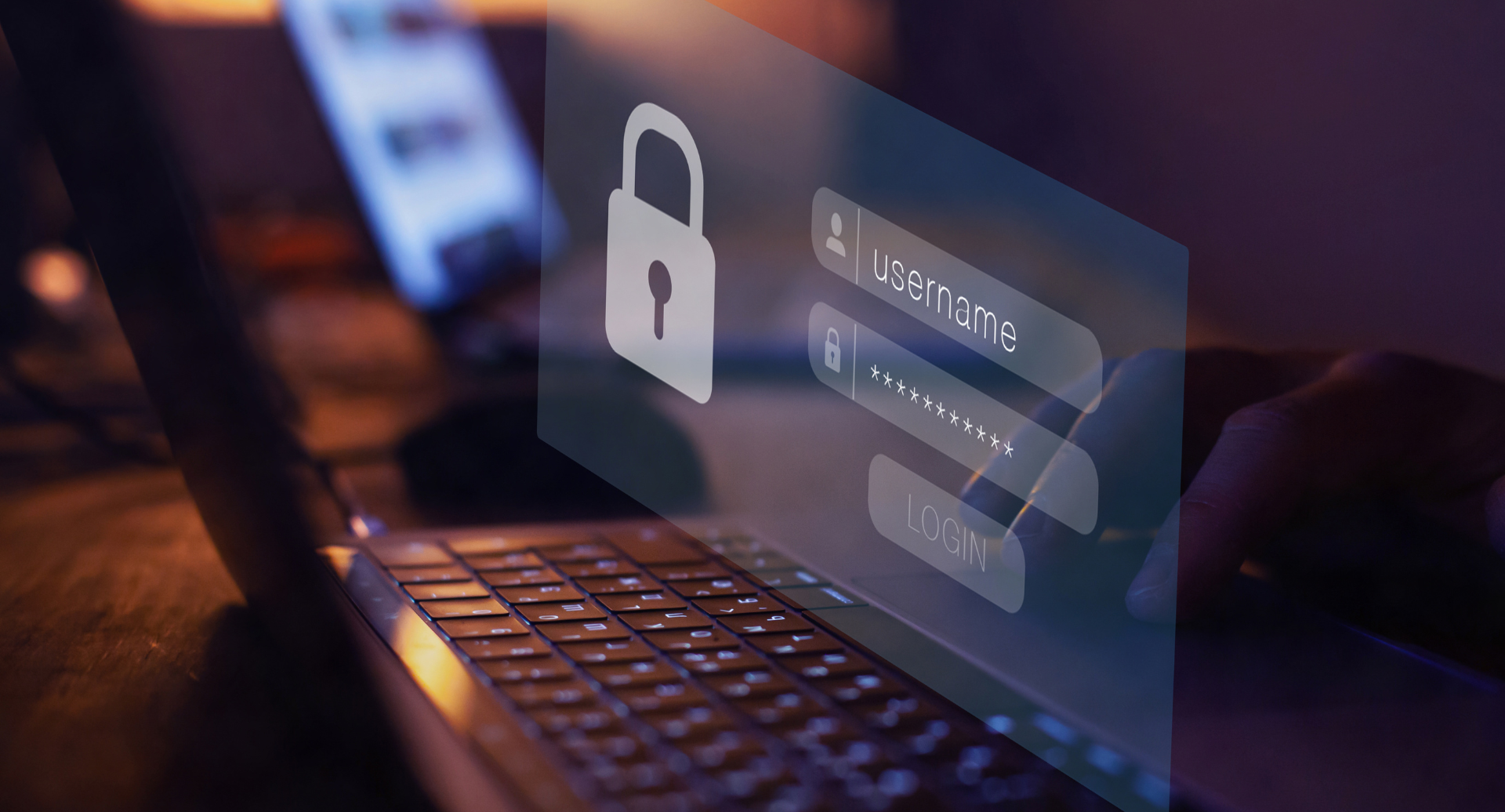July 24, 2025
Andres Ruz, CISO

In today's rapidly evolving digital landscape, Identity Access Management (IAM) plays a crucial role in ensuring that the right individuals have access to the right resources at the right time. With increasing cyber threats, organizations must implement strong IAM strategies to protect sensitive data, prevent unauthorized access, and maintain regulatory compliance.
IAM is a framework of policies, technologies, and processes designed to manage digital identities and control access to critical systems and data. IAM ensures that only authorized users can access sensitive information while mitigating risks associated with cyber threats, insider attacks, and credential compromise.
The core functions of IAM include:
IAM solutions such as multi-factor authentication (MFA) and biometric authentication reduce the risk of unauthorized access by adding layers of security beyond traditional passwords.
By implementing role-based access control (RBAC) and least privilege principles, organizations can minimize the risk of internal threats by ensuring users only have access to the resources they need.
Compliance standards such as GDPR, HIPAA, NIST, and CCPA require strict user access controls and auditing capabilities. IAM helps organizations meet these regulatory requirements while avoiding costly penalties.
Cybercriminals often exploit stolen credentials through phishing, brute force attacks, or password spraying. Implementing password-less stronger authentication and AI-driven anomaly detection significantly reduces these risks.
With the rise of remote work, IAM solutions provide secure access management for distributed teams, ensuring seamless yet protected access to corporate resources.
Inventory of all systems that provide authentication and authorization to your applications, and work towards centralized this in a single Identity System.
MFA requires users to verify their identity through multiple methods, such as passwords, biometrics, or security tokens, making it much harder for attackers to gain unauthorized access.
SSO allows users to log in once and gain access to multiple systems without re-entering credentials, improving both security and user experience.
Zero Trust enforces the principle of "never trust, always verify," requiring continuous authentication and monitoring of users and devices attempting to access critical systems.
PAM PIM ensures that privileged users, such as IT administrators, have controlled and monitored access to sensitive changes, data and infrastructure.
Modern IAM solutions leverage AI-driven analytics to detect unusual access patterns and proactively respond to potential threats before they escalate.
A strong IAM strategy not only enhances security but also drives operational efficiency for businesses in regulated industries. Identity governance solutions help enterprises improve workforce productivity, reduce security overhead, and streamline compliance audits.
As cyber threats continue to evolve, Identity Access Management is no longer optional—it's a necessity for modern cybersecurity. Organizations that invest in robust IAM solutions can reduce risks, enhance security posture, and ensure compliance with industry regulations.
At 5 Factor Technology, we specialize in providing IAM solutions tailored for Architecture, Engineering, and Construction (AEC) firms and transportation companies. Our expertise ensures that businesses can meet regulatory compliance requirements, mitigate security risks, and streamline access management. Our expertise ensures that businesses can effectively manage identities and secure their digital assets, particularly those doing business with DOTs and needing to get compliant.